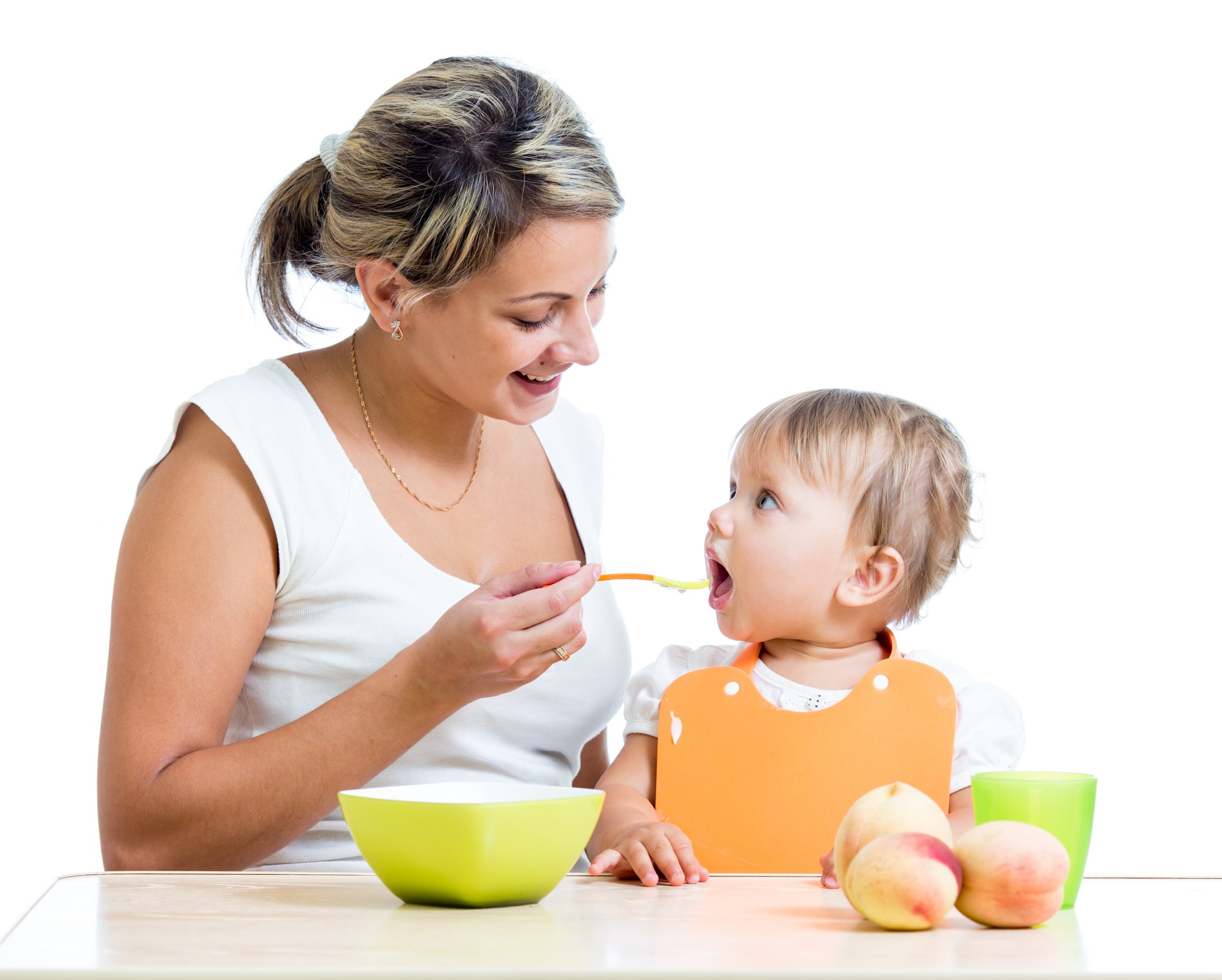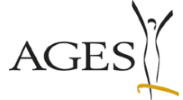Food recommendations according to the food pyramid
Here you will find recommendations on which foods pregnant women and nursing mothers should eat. These recommendations are based on the Austrian nutrition pyramid for pregnant women and breastfeeding mothers. What is the food pyramid for pregnant and breastfeeding mothers? In the food pyramid you will find 6 different groups of foods and a group of drinks. The pyramid is wide at the bottom and tapers to a point at the top. The foods listed below should be eaten more often by pregnant women and breastfeeding mothers. The foods higher up less often. A varied diet with many different foods is very important for mother and child. This applies during pregnancy and...
Healthy eating for babies
In the first few months of life, breast milk is the best food. If breastfeeding is not possible or only partially possible, give your child infant formula. From the 6th month of life, breast milk alone is no longer enough for the baby. It then needs additional food. This is also called "complementary food". This food is given as porridge. It depends on how your baby develops. But you should start complementary foods from the 17th week of life at the earliest. At the latest, your baby should receive complementary food from the 26th week of life. A few small spoonfuls of porridge are enough to start with. Give your baby 2 to 3 teaspoons. It must ...
Vitamin and mineral sources
Which foods provide the substances that are so important for growth and well-being? The following table gives you an overview of all the important vitamins and minerals and where they are contained. Vitamins Vitamin A A healthy diet includes - Carrots - Spinach - Kale - Broccoli - Lamb's lettuce - Other intensely coloured green vegetables. CAUTION: As liver can contain very high amounts of vitamin A, pregnant women should avoid eating liver in the first trimester of pregnancy! Vitamin B1 Muscle meat, especially pork Wholemeal products (e.g. buckwheat, spelt, wheat, oatmeal) Pulses such as peas Sunflower seeds, peanuts and pine nuts Niacin Fish (anchovies, salmon, mackerel) Mung beans (especially sensitive ...
Advantages of breastfeeding
Breast milk has many benefits for the baby and also for the mother. Breast milk is the best nutrition for babies in the first few months of life. Breast milk contains all the important nutrients in the right quantities for your baby. It adapts to your baby's development. Breast milk is also practical: it is always at the right temperature and is always with you. Breastfeeding helps to ensure that the relationship between mother and child develops well. Breastfeeding is also good for the health of both mother and child. Studies have shown that breastfed babies get fewer infections. For example, gastrointestinal infections or infections ...
First drinks
If you are only breastfeeding your child, it does not normally need any additional drinks. If you give your child complementary foods, you can also offer additional liquids. Complementary food is food that the baby gets in addition to breast milk. Your child will need drinks at the latest when it is eating the same food as the other family members. This is from around 10 months. Offer your baby liquids. But it should decide for itself how much it wants to drink. Water is best. It is better not to give your baby any drinks with sugar or juices. He doesn't need them. Under no circumstances should your baby be given drinks with ...
A child’s development
Don't forget: Every child is different. This text is only intended to provide an overview. Physical skills You need to support your baby's head. Eating skills The baby knows how to suck, swallow and breathe correctly when breastfeeding or drinking from a bottle. A baby gives these signals when it is hungry or full The baby cries when it is hungry. The baby looks at the carer and is amazed. It opens its mouth during feeding. The baby gives clear signs when it wants to continue drinking. When the baby is full, it refuses the nipple or the bottle. It listens ...









